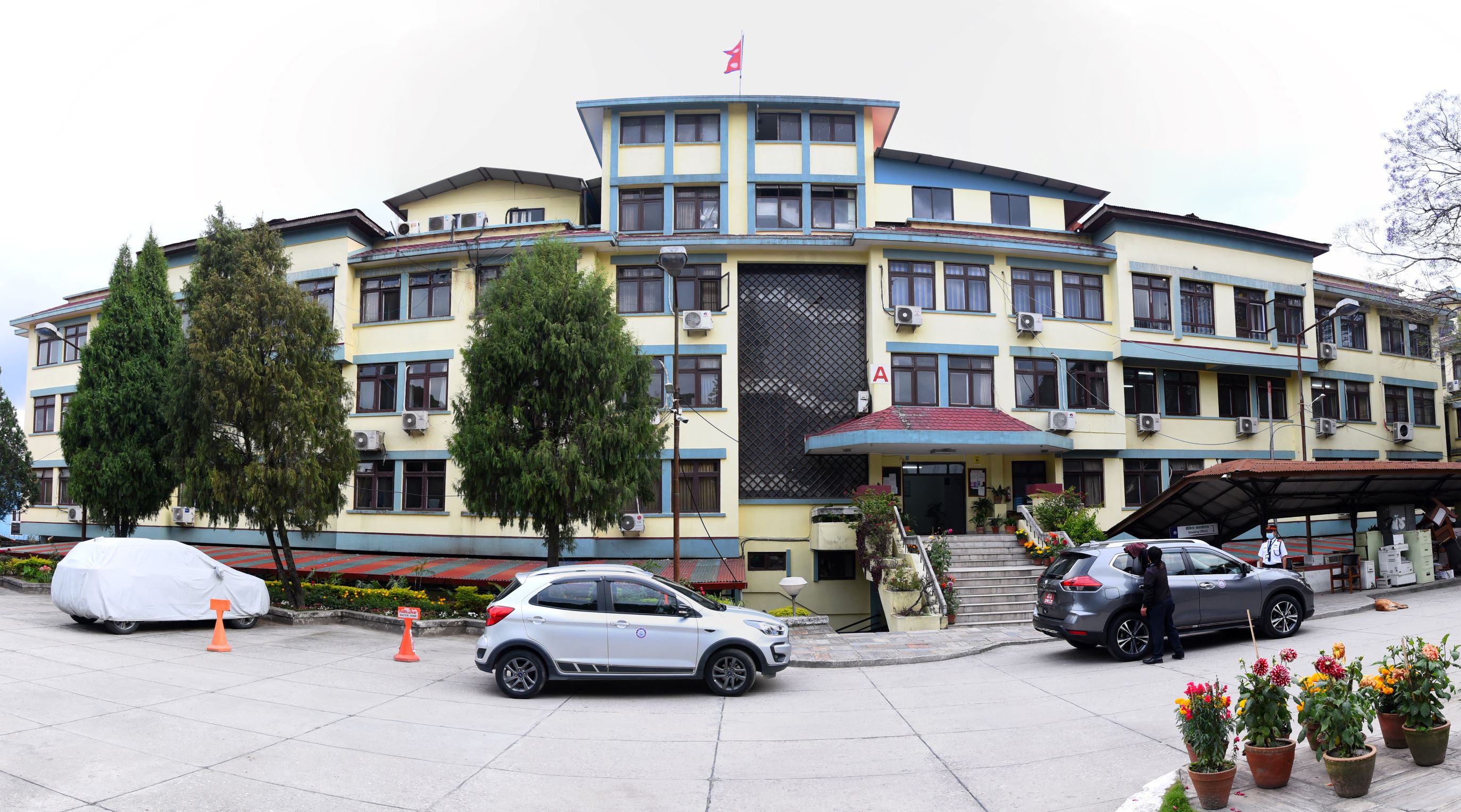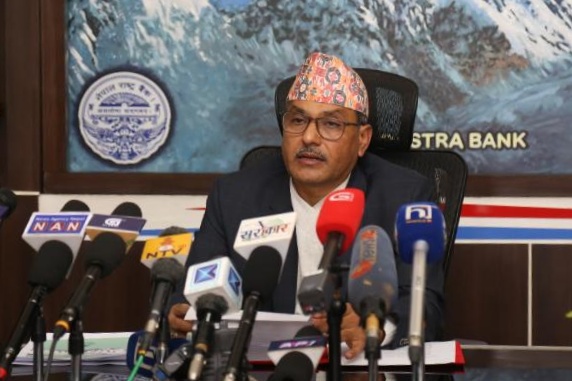Money & Finance

After two consecutive years of expansionary and liberal approach, the Nepal Rastra Bank (NRB) has unveiled a new monetary policy aimed at maintaining external sector stability and controlling growing inflation.
With the country grappling with rising inflation, widening trade deficit, liquidity crisis, and depleting forex reserves, NRB Governor Maha Prasad Adhikari presented a tighter monetary policy, which was widely anticipated.

Policy changes
The monetary policy for the new fiscal 2022/23 has focused on controlling expansion of credit and not allowing the price to rise too high.
Under criticism that its flexible policy of the past two years led to expansion of credits to non-productive sectors, a surge in investment in imports, and inflation of prices of real estate and the listed securities, the central bank has adopted a new approach of tightening both credit and interest rates.
Inflation control
The central bank is clear in its objective, that is increasing the foreign exchange reserves by reducing the pace of credit expansion and controlling inflation.
The new monetary policy is aimed at controlling credit flow by setting the growth rate of loans to the private sector at 12.6 per cent which, in the previous fiscal, stood at 19 per cent.
The new monetary policy, according to Governor Adhikari, “attempts to address critical concerns, and support the government's economic growth and the inflation targets”.
Imports control
With a widening trade deficit and depleting forex reserves, the central bank has introduced instruments to control imports too.
According to Governor Adhikari, the goal of monetary policy is to maintain foreign exchange reserves to cover at least seven months of imports of goods and services.
CRR and SLR
The central bank has also increased the cash reserve ratio (CRR) from three per cent to four per cent. With new provisions, banks have to maintain 4 per cent of their deposits as reserves at the central bank. CRR is a minimum amount of deposit that banks have to hold as cushion with the central bank.
Commercial and development banks must maintain a 12 percent and 10 percent statutory liquidity ratio (SLR) by mid-January. SLR is a minimum percentage of deposits a commercial bank must hold in the form of liquid cash, gold, or other securities.
Bank rate
Similarly, NRB has increased the bank rate to 8.5 percent from the existing 7.5 percent. This will increase the inter-bank transaction rate
"Rather than credit growth, the priority of monetary policy will be to flow credit to the productive sector," states the monetary policy. For this, NRB has said that a difference will be maintained in the interest rate of loans flowing to specific productive and commercial sectors.
After tightening the margin lending last fiscal, the NRB has turned its attention towards real estate lending this fiscal.
Real estate sector
The central bank has tightened the credit flow to the real estate sector.
The monetary policy has reduced the loan-to-value ratio for real-estate lending in the Kathmandu Valley to 30 percent and 40 percent outside the Valley. Earlier, the loan-to-value ratio for real estate lending was 40 percent in the Kathmandu Valley and 50 percent outside the Valley.
Whether the central bank would remove the provisions related to margin lending was one of the most talked about issues before this monetary policy. The central bank was under immense pressure to review its tighter approach to margin lending.
Middle path
Governor Adhikari took a middle path, making minor changes.
In the last fiscal, monetary policy, the NRB had barred individuals from taking margin loans above Rs 40 million from a single bank or financial institution and consortium funding above Rs 120 million.
The NRB has removed the lower limit on loans against shares through the new monetary policy. However, the central bank has kept the upper threshold on margin loans unchanged. This means individuals can take margin loans of more than Rs 40 million from a single bank but cannot borrow more than Rs 120 million.
Likewise, NRB has lifted the suspension of share transactions during mergers and acquisitions of banks and financial institutions.






